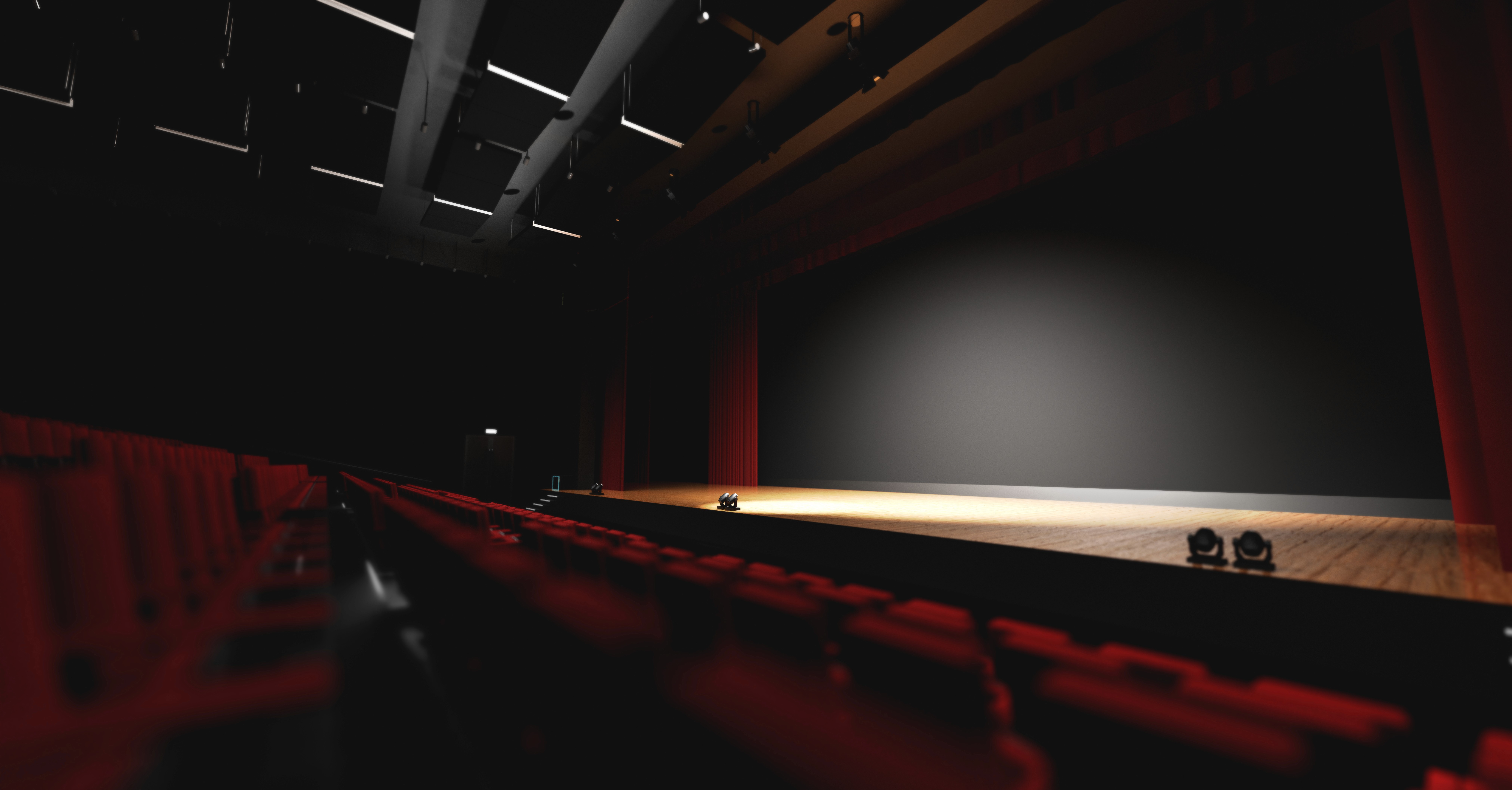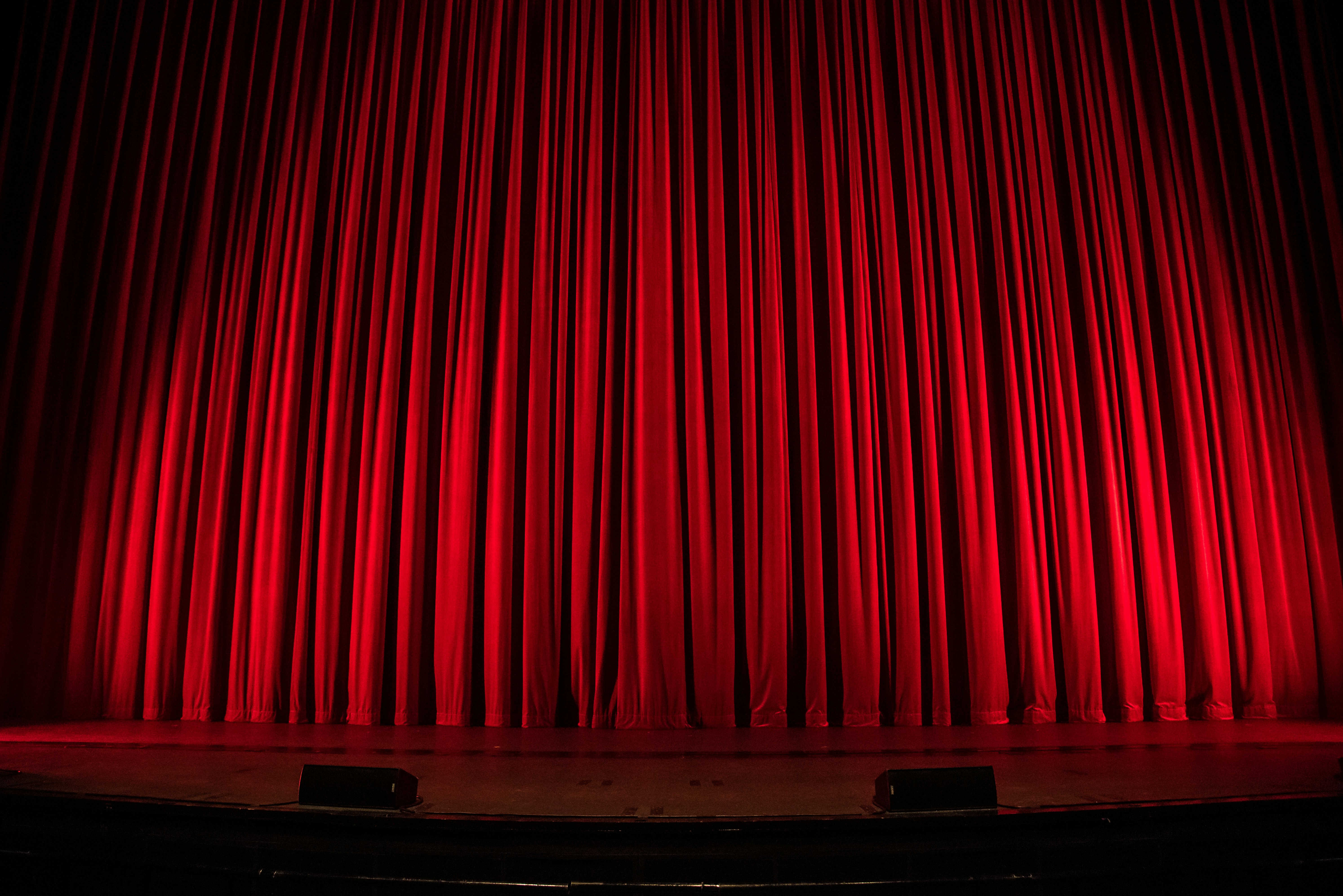Fourth Wall
Definition:
The "fourth wall" refers to the imaginary wall between the stage and the audience in a theatrical performance. It is the conceptual barrier that separates the world of the characters from the world of the audience.
Detailed Explanation:
The concept of the fourth wall is a fundamental principle in theatre, where the three physical walls of the stage (the backdrop and two side walls) are complemented by an imaginary fourth wall at the front. This invisible barrier allows the audience to observe the characters and actions without being seen or acknowledged by the performers, creating a sense of voyeurism and immersion.
Breaking the fourth wall occurs when actors directly address the audience, acknowledge their presence, or interact with them. This technique can be used for various dramatic effects, including humor, commentary, or to draw the audience deeper into the narrative.
The term "fourth wall" was popularized in the 19th century by philosopher and critic Denis Diderot, but the practice of maintaining or breaking this barrier has been employed in theatre for centuries.
Key Elements of the Fourth Wall:
Imaginary Barrier:
The fourth wall is an unseen division that maintains the illusion of a self-contained world on stage.
Audience Engagement:
By preserving the fourth wall, the audience can engage with the story without being directly involved, enhancing their immersion.
Dramatic Technique:
Breaking the fourth wall is a deliberate technique used to create specific effects, such as humor, shock, or intimacy.
Advantages of the Fourth Wall:
Immersion:
Maintaining the fourth wall allows the audience to become fully immersed in the narrative, experiencing the story as passive observers.
Narrative Integrity:
The fourth wall helps preserve the integrity of the fictional world, preventing disruptions that could break the audience's suspension of disbelief.
Artistic Expression:
Breaking the fourth wall can be a powerful tool for artistic expression, allowing creators to challenge conventions and engage the audience in unique ways.
Challenges of the Fourth Wall:
Consistency:
Maintaining the fourth wall consistently throughout a performance requires discipline and focus from the actors and director.
Audience Perception:
Breaking the fourth wall must be handled carefully to ensure it enhances rather than detracts from the overall experience.
Balance:
Finding the right balance between maintaining and breaking the fourth wall is essential for achieving the desired dramatic effect.
Uses in Performance:
Traditional Theatre:
In most traditional theatre, the fourth wall is maintained to create a clear separation between the performers and the audience.
Comedy:
Comedic performances often break the fourth wall to engage directly with the audience, creating a more interactive and humorous experience.
Experimental Theatre:
Experimental and avant-garde productions may frequently break the fourth wall to challenge audience expectations and explore new forms of storytelling.
Design Considerations:
When deciding whether to maintain or break the fourth wall, several factors must be considered to ensure it aligns with the production’s goals:
Narrative Purpose:
Determine whether breaking the fourth wall serves a clear narrative or thematic purpose that enhances the story.
Audience Engagement:
Consider how breaking the fourth wall will affect audience engagement and their overall experience of the performance.
Timing and Frequency:
Carefully plan the timing and frequency of breaking the fourth wall to maximize its impact without overusing the technique.
Conclusion:
The fourth wall is a vital concept in theatre, representing the imaginary barrier that separates the stage from the audience. Maintaining this wall allows for immersive storytelling, while strategically breaking it can create powerful dramatic effects. By carefully balancing the use of the fourth wall, directors and actors can enhance narrative integrity, engage the audience, and explore innovative forms of artistic expression. Whether preserved or broken, the fourth wall plays a crucial role in shaping the theatrical experience and the relationship between performers and their audience.


